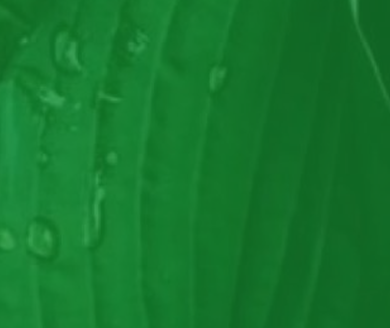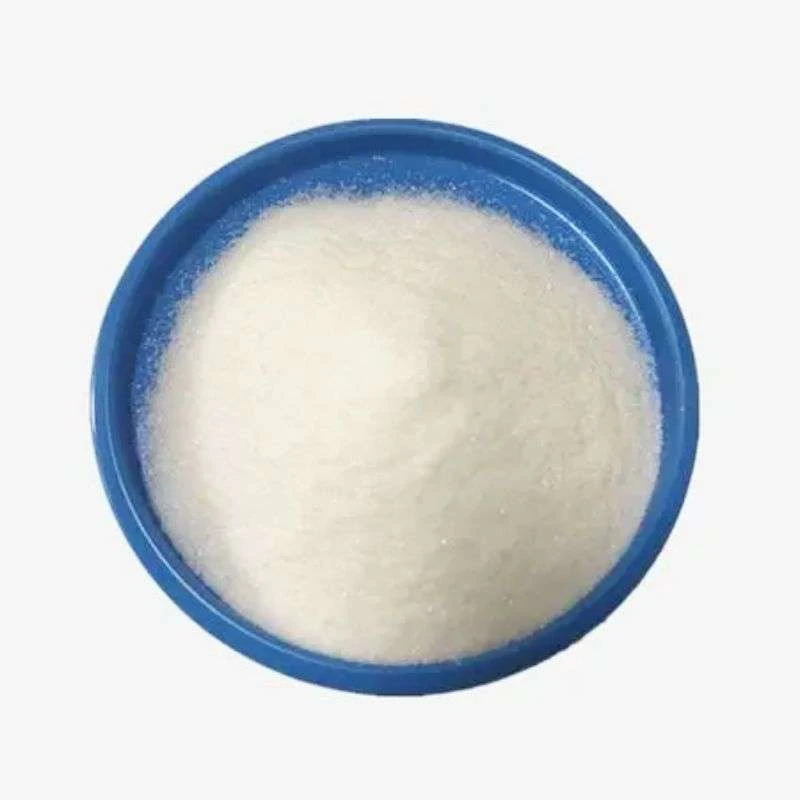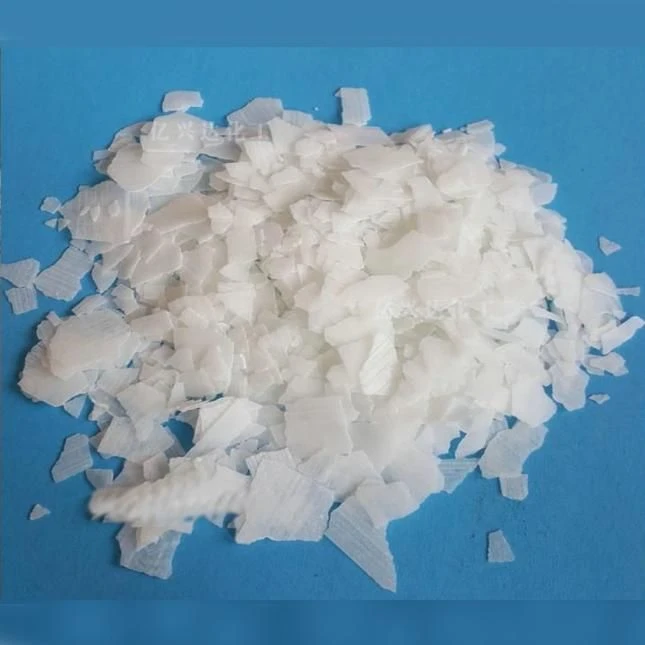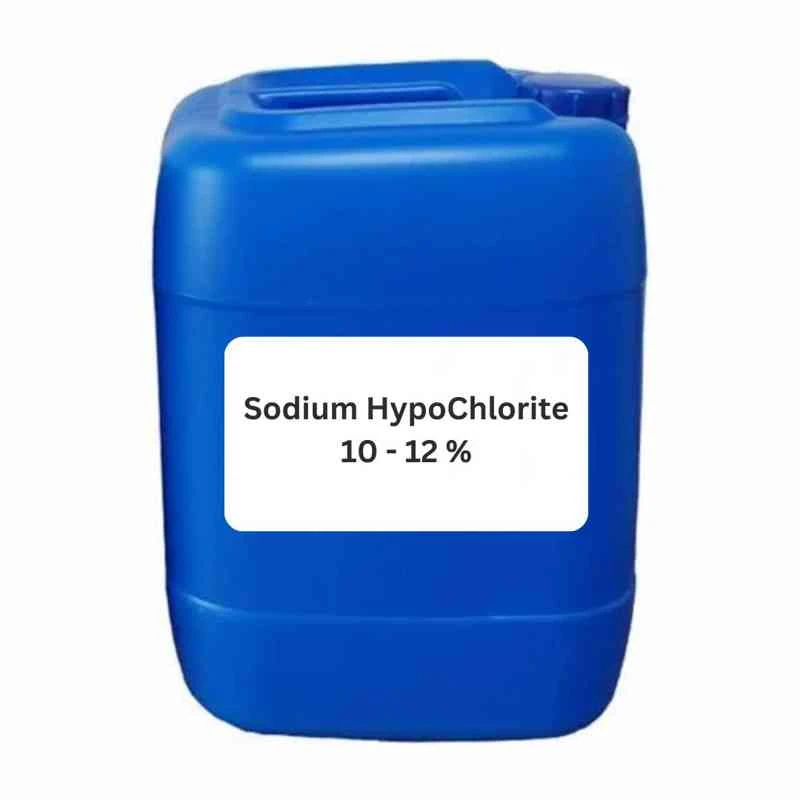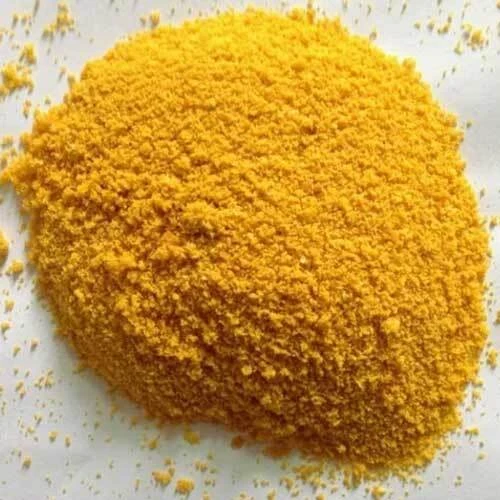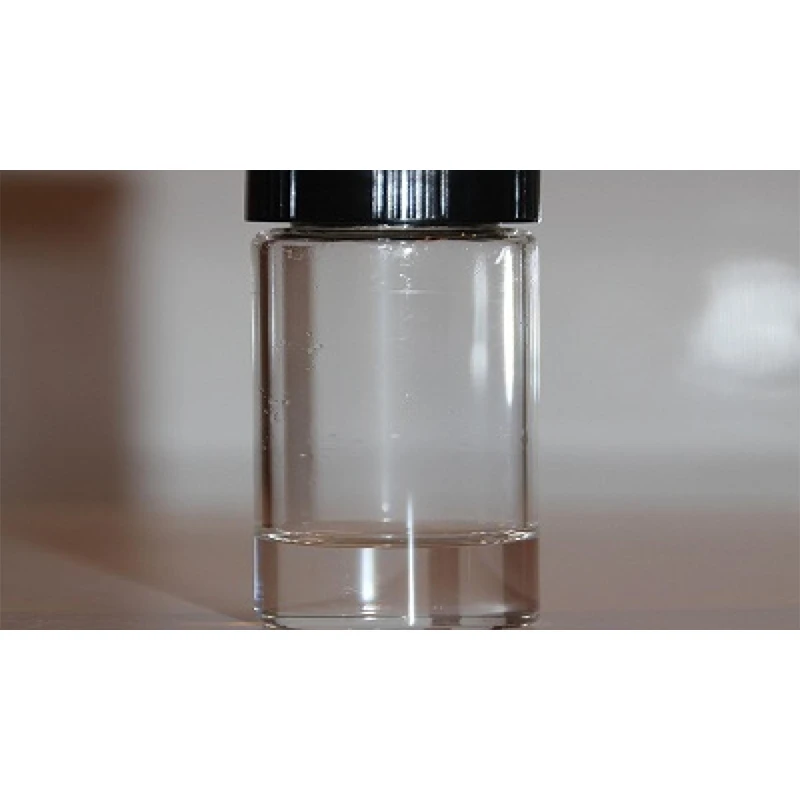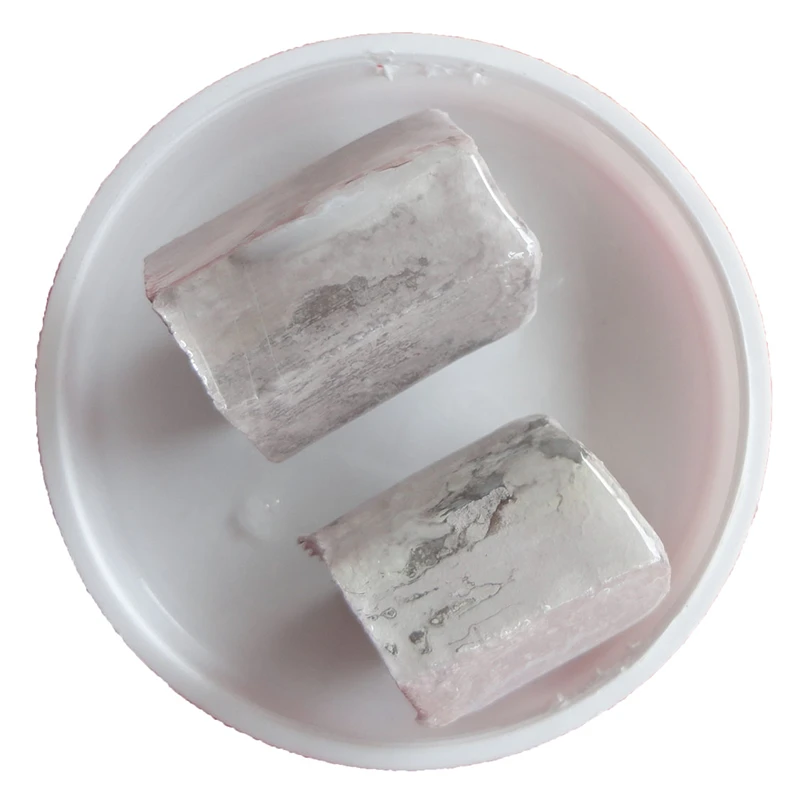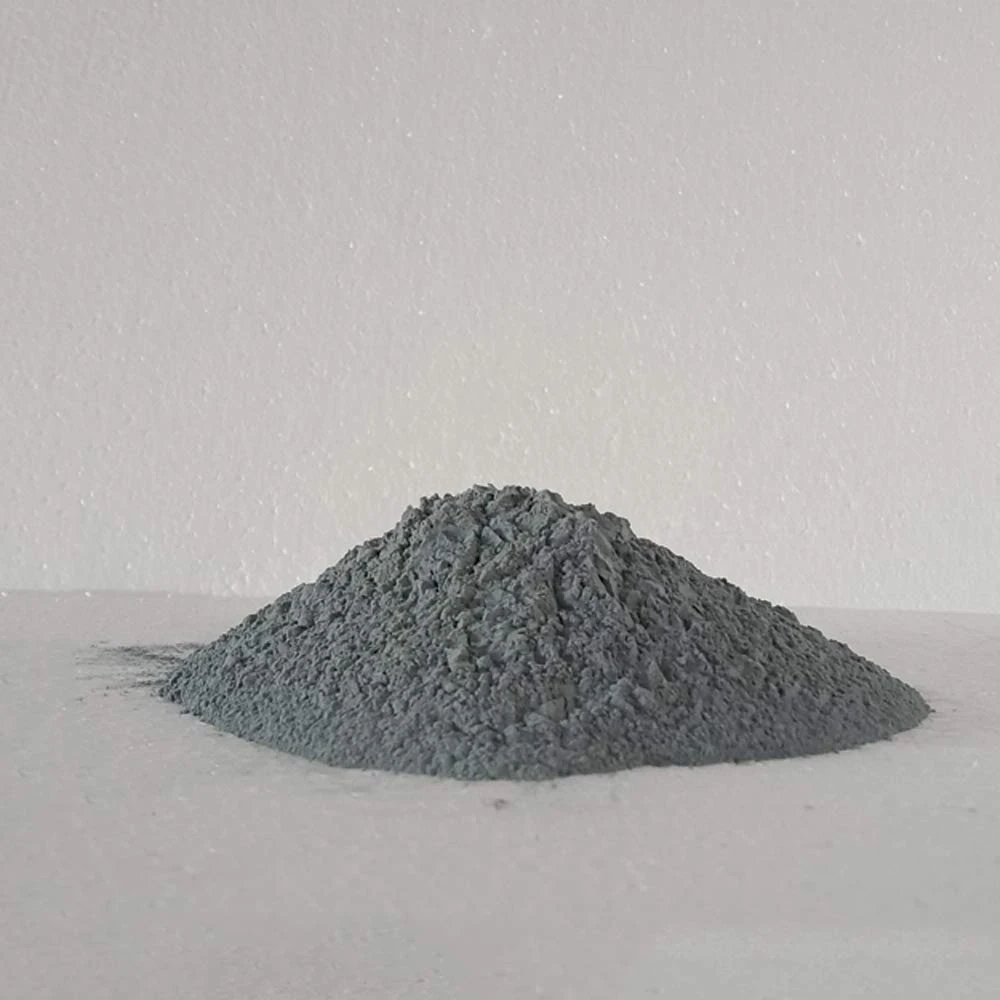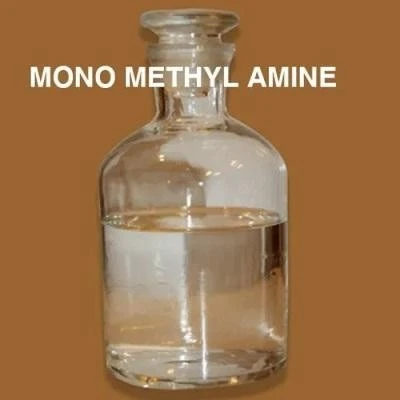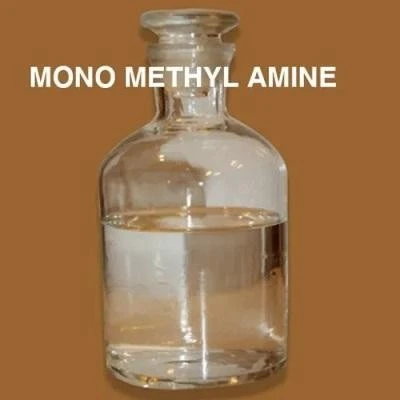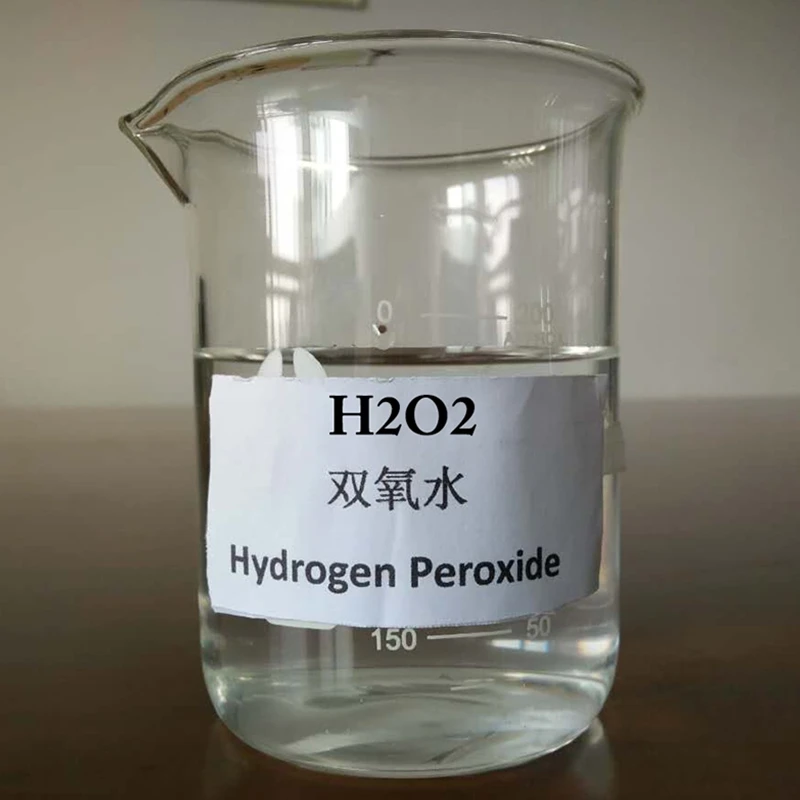
Prochloraz Fungicide 24.4% – Powerful Systemic Protection for Crops
Official Website: https://www.dfchempest.com
Product: Prochloraz
Tel: 0086 19933336661
Mobile: 0086 13333375967
Email: bd@dfchempest.com
Address: Room 511, Zelong Building, No.195 Guanghua Road, Shijiazhuang, China 050000
Prochloraz is a broad-spectrum imidazole fungicide used to control a diverse range of fungal diseases in crops and ornamentals. The application of prochloraz extends notably to cereals, fruits, and vegetables, especially within regions such as Europe, Australia, Asia, and South America (FAO JMPR).
The demand for prochloraz fungicide has steadily increased due to rising awareness of crop security, continued agricultural intensification, and stringent quality standards in food trade. In addition, the global prochloraz 24.4 formulation is gaining traction for its efficacy and ease of field application.
| Parameter | Specification | Description |
|---|---|---|
| Chemical Name | Prochloraz | 1-[2-(2,4,6-Trichlorophenoxy)ethyl]-1H-imidazole |
| Molecular Formula | C15H16Cl3N3O2 | Defines structure and composition |
| Molecular Weight | 376.7 g/mol | Molar mass for accurate formulation |
| Appearance | White to off-white powder | Fine crystalline or powder form |
| Content (% w/w) | ≥ 97.0 (TC) | Technical grade minimum purity |
| Melting Point | 144–147°C | Ensures appropriate storage/handling |
| Solubility | Low (in water) | Soluble in organic solvents—essential for emulsifiable concentrate |
| Formulation | 24.4% EC, 45% SC, 50% WP | Prochloraz 24.4 is commonly used for foliar spray |
| Toxicity | Moderate (to mammals & birds) | Low bioaccumulation, eco-toxicity profile improves usage confidence |
- Crop Protection: Primarily for cereals (wheat, barley), fruit trees (citrus, apples), vegetables (tomatoes, cucumbers), and ornamentals.
- Mode of Action: Systemic translocation—penetrates plant tissues and fends off pathogens such as Botrytis, Alternaria, Rhizoctonia, and Fusarium species (PubChem).
- Soil Treatment: Used to manage root rot, collar rot, and damping-off in nurseries and greenhouse crops.
- Seed Treatment: Provides protection during germination in cereals and grain-based crops.
- Post-Harvest Usage: Controls post-harvest spoilage and fungal contamination in storage environments.
Global adoption of prochloraz systemic fungicide is driven by rising demands for resilient agriculture, especially under climate-related stress on crops. Technological advances in formulation of prochloraz 24.4 (24.4% w/w Emulsifiable Concentrate) are improving bioavailability and reducing environmental risk profiles. Regulatory agencies, such as the European Food Safety Authority (EFSA), periodically update guidelines to ensure safety, limiting maximum residue levels (MRLs) and shaping trade flows.
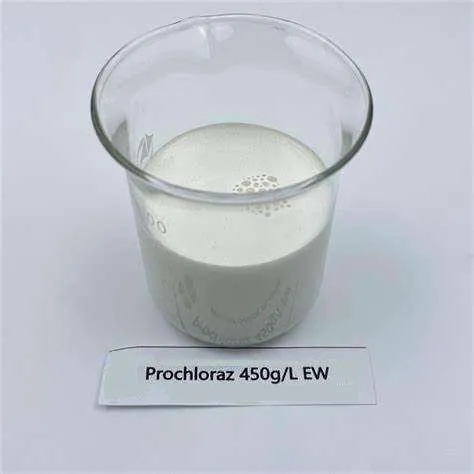
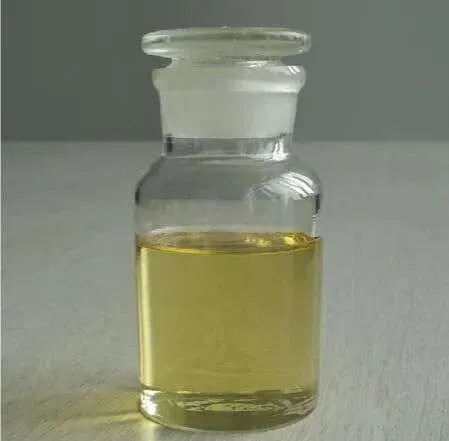
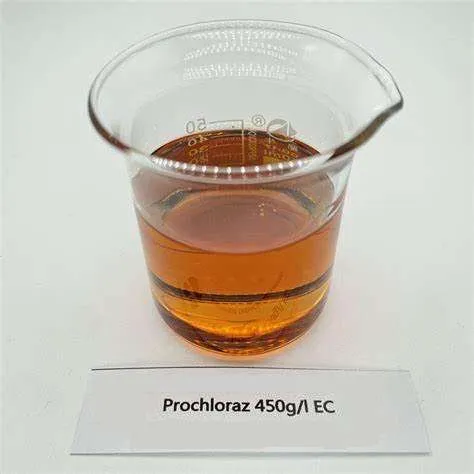
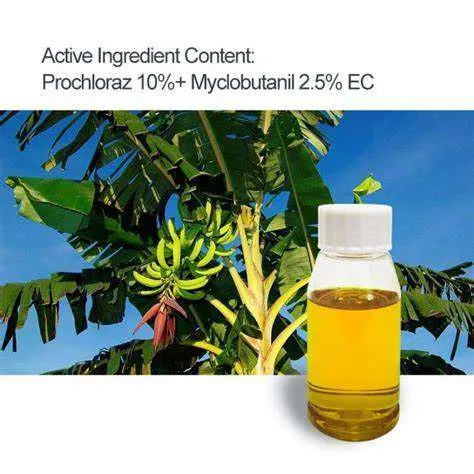
- Product Name: Prochloraz
- Chemical Family: Imidazole fungicide
- Purity (TC): ≥97%
- Formulations Available: Prochloraz 24.4 EC, 45% SC, 50% WP
- Packaging: 200L drum (liquid), 25kg bag (powder), OEM available
- Product Website: https://www.dfchempest.com/prochloraz.html
- Application: Systemic protection against fungal pathogens for field use, seed treatment & post-harvest control.
- Manufacturer: Hebei Dongfeng Chemical Technology Co., Ltd.
Hebei Dongfeng Chemical Technology Co., Ltd. is committed to providing reliable and high-quality prochloraz products backed by rigorous R&D, scientific formulation, and compliance with international quality and environmental standards. Our team continuously monitors the latest technology and regulatory guidelines, integrating them into technical support and product delivery (product data, FAO JMPR).
We actively participate in industry collaboration, disseminate transparent safety data sheets (SDS), and deliver technical training for optimal product utilization—bolstering industry trust and customer success.
The ongoing innovations in prochloraz formulations and rising integration in global crop-protection programs are testaments to its value as a versatile, reliable, and safe fungicide. Regulatory tightening compels a greater focus on product stewardship, environmental protection, and traceable supply chains, which major manufacturers such as Hebei Dongfeng Chemical Technology Co., Ltd. are primed to deliver.
[2] PubChem Compound Summary: https://pubchem.ncbi.nlm.nih.gov/compound/Prochloraz
[3] EFSA Journal 2017;15(1):e04634: https://www.efsa.europa.eu/en/efsajournal/pub/4634
[4] Australian Pesticides and Veterinary Medicines Authority: https://apvma.gov.au/node/11616
[5] Crop Protection Forum, AgroChemicals News: https://www.agrochemicals.com/news/prochloraz-market-trends
[6] European Food Safety Authority (EFSA) Pesticides: https://ec.europa.eu/food/plant/pesticides_en
-
Uncover the Benefits of Sodium ChlorateNewsJun.24,2025
-
Sodium for Sale: Your Essential ResourceNewsJun.24,2025
-
Raw Materials in Chemical IndustryNewsJun.24,2025
-
Potassium Hydroxide: Versatile Solutions for Your NeedsNewsJun.24,2025
-
Organic Pesticides and Chemical Raw Materials: Building a Sustainable FutureNewsJun.24,2025
-
Discover Premium Chlorine Tablets TodayNewsJun.24,2025
-
Zinc for Sale: Your Essential ResourceNewsJun.04,2025

